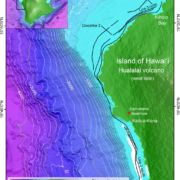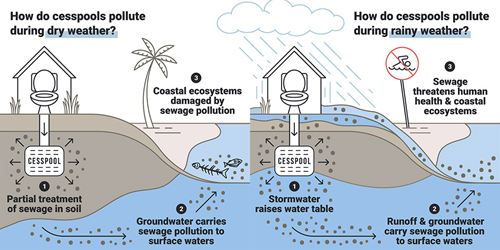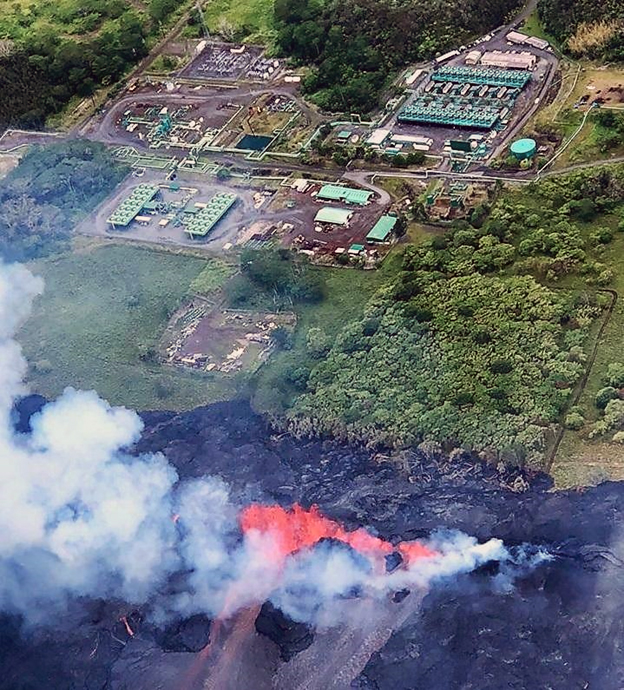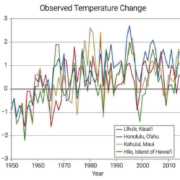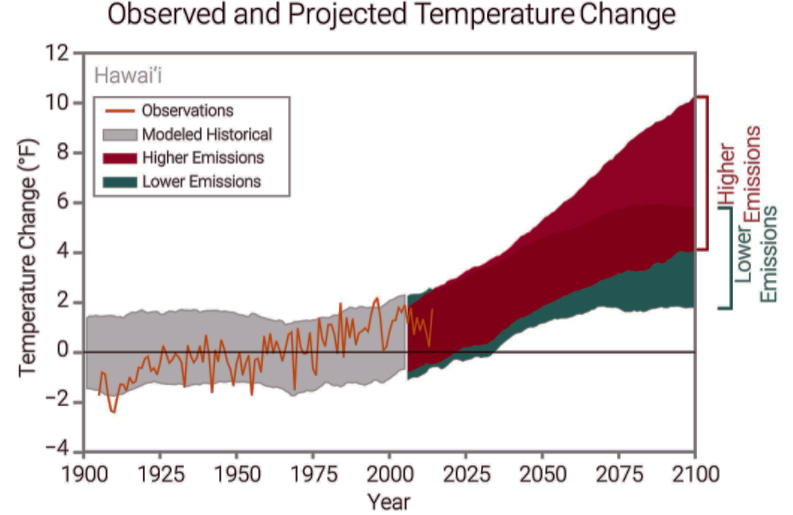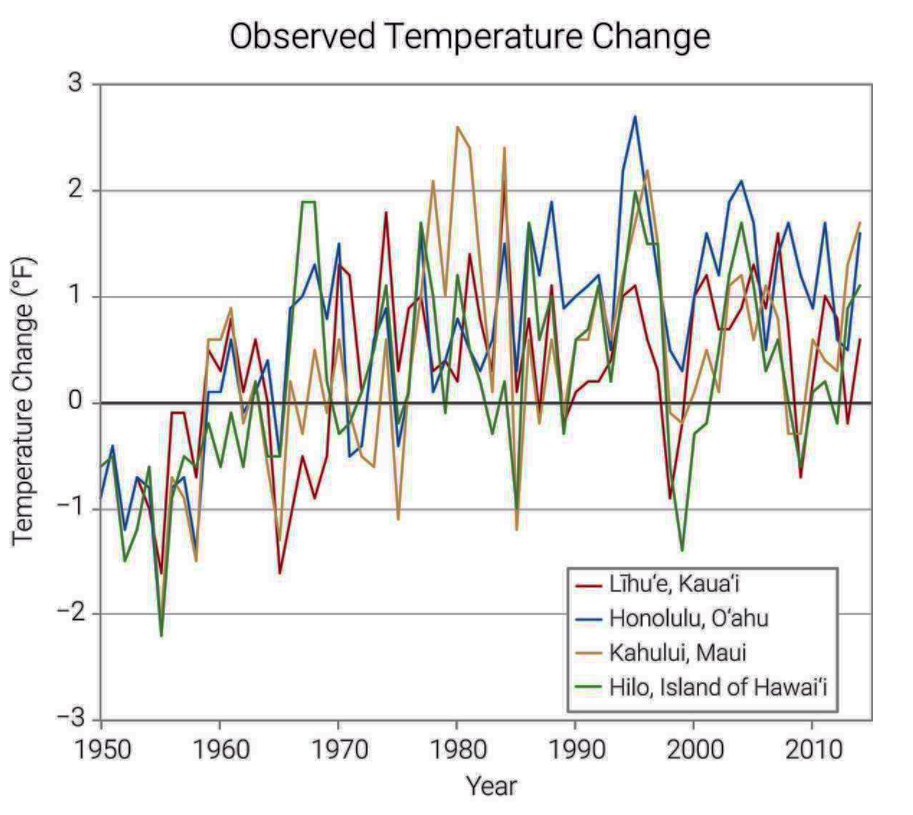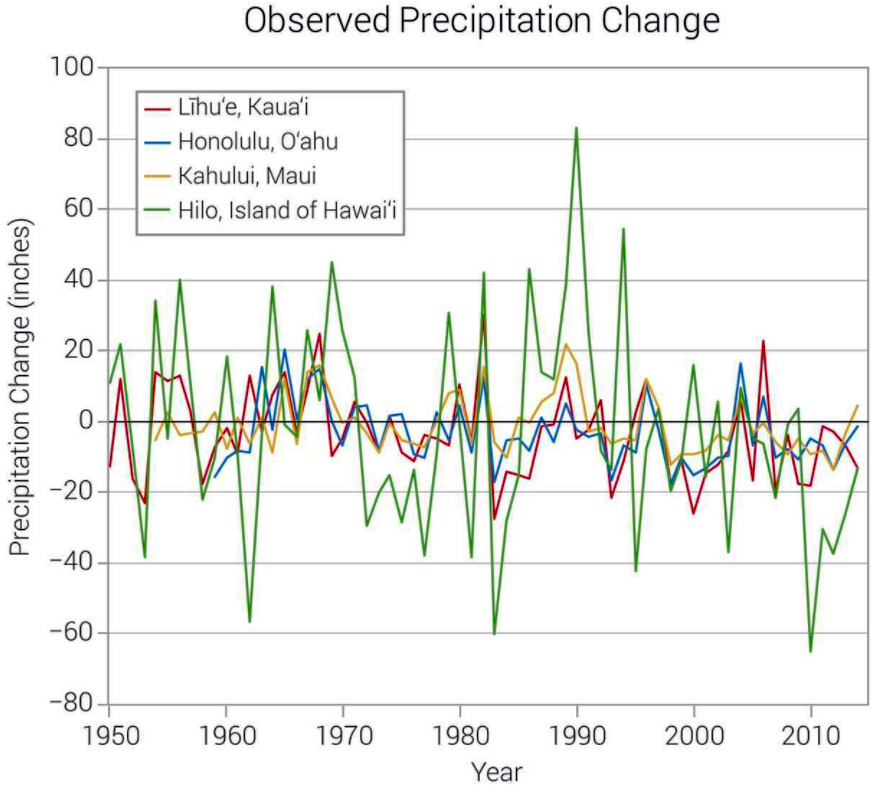Hu Honua History Lesson
Hu Honua proposed burning trees to generate electricity to be sold to Hawai`i Electric Light Company (HELCO) in 2008.
The Public Utilities Commission issued HELCO a waiver from competitive bidding for the project in 2008 and approved the HELCO-Hu Honua contract in 2013.
Hu Honua failed to meet milestones.
HELCO terminated their contract due to Hu Honua missing required deadlines.
HELCO submitted a Revised and Amended Power Purchase Contract to the PUC in 2017. The PUC approved it.
Life of the Land challenged the decision. The Hawai`i Supreme Court upheld the appeal, mandating that the PUC must consider life cycle greenhouse gas emissions.
HELCO filed an amended agreement to the PUC in 2017. The PUC approved it and Life of the Land filed an appeal. The Hawaii Supreme Court upheld the appeal in 2019.
The PUC rejected the Waiver from Competitive Bidding for the proposed Hu Honua Bioenergy plant on the Big Island in 2020, justifying its decision on the Hawaii Supreme Court`s 2019 ruling supporting Life of the Land`s appeal.
Hu Honua appealed.
The Hawai`i Supreme Court upheld the Hu Honua appeal in May 2021 on the grounds that the PUC should not have cited the court remand decision for the reason the waiver for competitive bidding was rejected.
The proceeding has been remanded back to the PUC.
Going Forward
The PUC may now again reject the waiver, but if it does so, it can`t be based on the court`s 2019 remand. The PUC may decide that the waiver is no longer valid — game end for Hu Honua…
There are two key decision points in the public interest the PUC has yet to consider in any Hu Honua approval to proceed decision:
- Greenhouse Gas Emissions and
- the cost competitiveness of the Hu Honua PPA which is greater twice the ratepayer cost of solar+storage zero emissions energy options.
Although not widely reported, the Court’s ruling this week concluded with the following: “…The (PUC) hearing must also include express consideration of GHG emissions that would result from approving the Amended PPA, whether the cost of energy under the Amended PPA is reasonable in light of the potential for GHG emissions, and whether the terms of the Amended PPA are prudent and in the public interest, in light of its potential hidden and long-term consequences.”
Hawai`i Media Megaphone
HPR: Hawaii Supreme Court Ruling Advances Big Island Biomass Energy Plant
Hawaii Tribune-Herald: Parties pleased with ruling: State Supreme Court remands Honua Ola case to PUC by John Burnett
Big Island Video News: Hawaii Supreme Court Vacates PUC’s Hu Honua Order, Remands Case – The power purchase agreement between Hu Honua and Hawaiian Electric remains vacated, and the 2017 competitive bidding waiver remains valid and in force, the court rules.
Hawaii News Now: PUC to reconsider approval of halted bioenergy project after high court ruling
Honolulu Star-Advertiser: Big Island renewable energy plant wins appeal by Dave Segal
Pacific Business News: Hawaii Supreme Court ruling gives Hu Honua biomass project new life
HPR – Hawai`i Public Radio: The Conversation.
Catherine Cruz: “The Hawai`i Supreme Court has remanded a case involving a big island bioenergy plant back to Public Utilities Commission. We talked to Warren Lee, the head of Honua Ola, formerly known as Hu Honua, about what this could mean for the green energy project which has been delayed for two years because of legal challenges. The company planned to burn eucalyptus trees or albizia trees and other invasive species to provide electricity for the community. It’s been mired in the courts because of an issue with greenhouse gases and legal technicalities. Here`s Warren.”
Warren Lee: “The State Supreme Court`s ruling was a major milestone for us. Yeah we hope the PUC will look at the issues that were outlined by the remand and move forward with us so that we can provide firm renewable energy to the Big Island.”
Catherine Cruz: “How many workers do you have right now as this case works its way through the courts?”
Warren Lee: “Well we have approximately 30, 34, 35 positions within Honua Ola itself. Then we would have contractors do the harvesting, planting, the re=planting, the re-growth, the hauling, and the ancillary services. So, it comes out to a couple hundred at least.”
Catherine Cruz: “So, have things just been at a standstill?”
Warren Lee: “Pretty much, we have slowly been doing construction. We are 99% complete. A few months doing very minimal construction activities right now.”
Catherine Cruz: “And what do you believe that this Supreme Court decision does for your case?”
Warren Lee: “Well, I think it makes it very clear what the Supreme Court remanded a couple of years ago that the issue of greenhouse gas reduction be addressed fully, and to let the participants like Life of the Land, participate fully. So I think it reaffirmed their order from two years ago. So, we`re back to where we were and we hope we can get it done with the Public Utilities Commission and the parties are interested, so that we can move forward. Get the plant online.”
Catherine Cruz: “Have you had a chance to check in with the PUC, any idea you know what the schedule, is going be like for the summer or how soon you can get in before them.”
Warren Lee: “Yeah, well we haven`t, well the order came out this morning. So the ball is with the Public Utilities Commission now to set the procedural schedule. They originally set up a procedural schedule two years ago where we were going through the opening statements, updated the project, did the greenhouse gas studies that were submitted by ourselves, and one was submitted by Hawaiian Electric or HELCO. So we hope, they`ll pick it up from there and move forward and satisfy the remand of the issue that the Supreme Court laid out for the Public Utilities Commission and the parties.”
Catherine Cruz: “So you think then, this will give everybody a chance to weigh the arguments?”
Warren Lee: “Well, I think it will give everybody a chance to understand why we`re saying that we are going to be carbon negative, or carbon neutral when our goal is to be carbon negative at the end of the 30-year purchase power agreement which is on the table. So everybody that`s part of the evidentiary hearing is to present that, which is the study that we filed, and to answer any questions that may come up.”
Catherine Cruz: “Explain how this legal issue, this legal cloud, has affected the project there?”
Warren Lee: “Back in 2017, when the amended purchase power agreement was approved by the Public Utilities Commission, Hawaiian Electric did present a greenhouse gas reduction plan, and based on the appeal, we`ve lost, or been delayed, say about two years. From the plant operating. So, there is a cost, it`s a huge investment that`s been made by the ownership, and we just want to be sure that we can get this plant running and provide biomass renewable green energy in Hawai`i. And the delay hasn`t helped.”
Catherine Cruz: “What about the workers?”
Warren Lee: “We`ve kept the workers on, going through the legal processes. You know some have left for other jobs, opportunities, but the core group, approximately 30 remain on the payroll, they’re trained and ready to go, ready to operate. We need to finish out the Construction which is 99% done. Then we need to commission the plant. That will be done once we get through the purchase power agreement process, Public Utilities Commission.”
Catherine Cruz: “If all goes well, what`s your hope?”
Warren Lee: “A lot of it depends on back to your original question of when the PUC`s is going to handle this. We`ve been waiting so long and with the Supreme Court ruling, if we can get the purchase power agreement and all the processes within the next several months, I think there`s a good chance that we could be online by maybe the end of this year or early next year.”
Catherine Cruz: “How much construction needs to be completed?”
Warren Lee: “Well more specifically what we need to do, is we need to finish up a couple of our cooling water wells. One of them is almost ready for testing. And then we need to submit the application, the permits to operate to the Department of Land and Natural Resources and also other permits with the Department of Health and just do the remaining work and then commission the plant. Commissioning a new generating power plant is not an everyday easy task. It could take a while.”
Catherine Cruz: “That was part of a conversation we had with Warren Lee, yesterday, afternoon, following the issuance of the ruling by the Hawai`i Supreme Court. Lee again hopes that the second opportunity for the PUC can clear the way for the plant to complete its construction and get the necessary permits to begin operating, Lee hopes that it can happen by the end of this year or early next year. The PUC says it is not clear at this point how soon it can re-schedule the new hearing.”
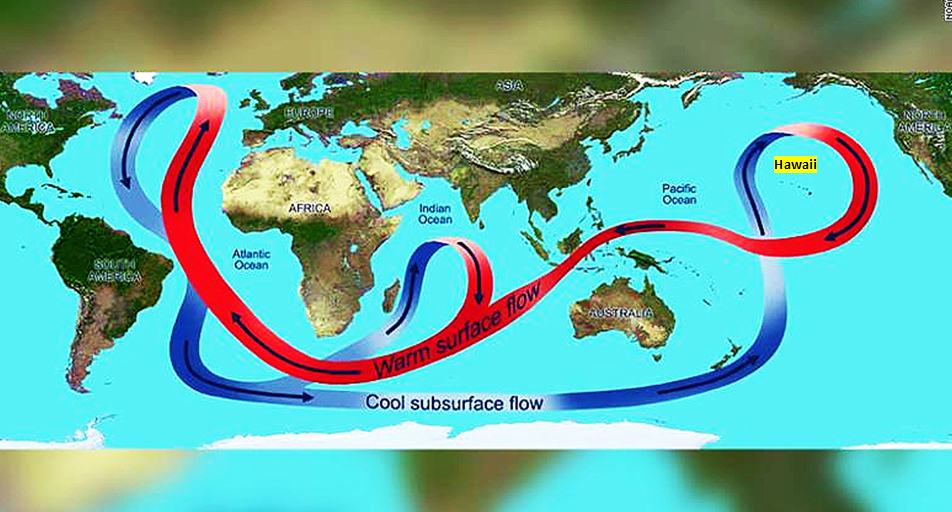
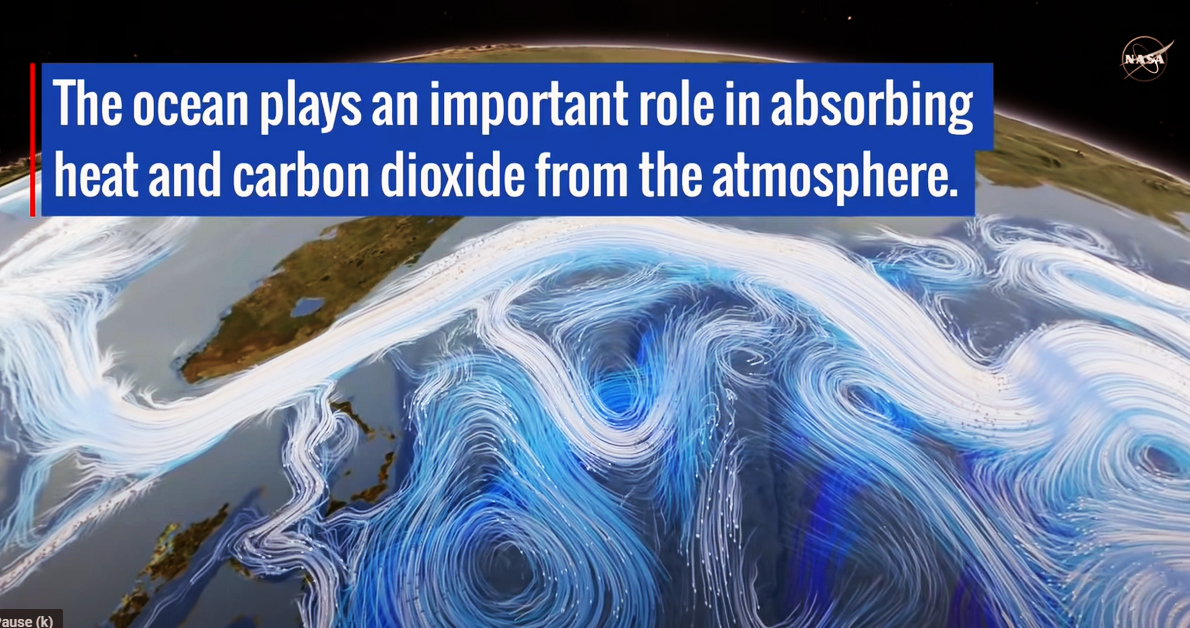
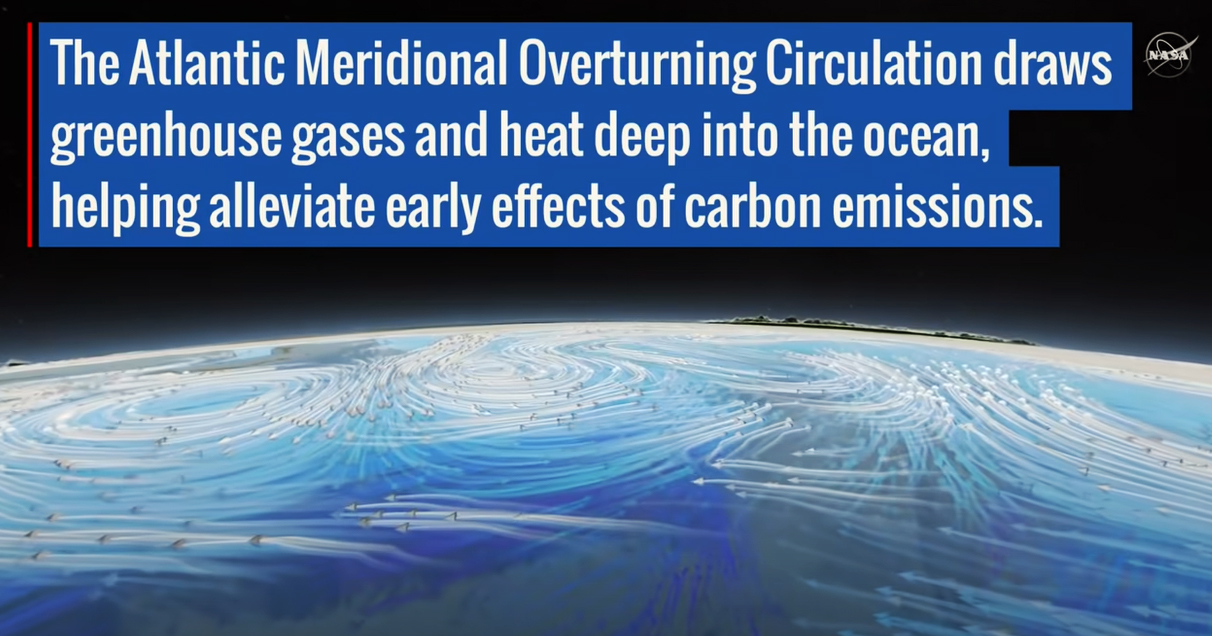

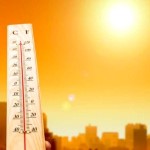

 The Senate gave overwhelming bipartisan approval to a $1 trillion
The Senate gave overwhelming bipartisan approval to a $1 trillion 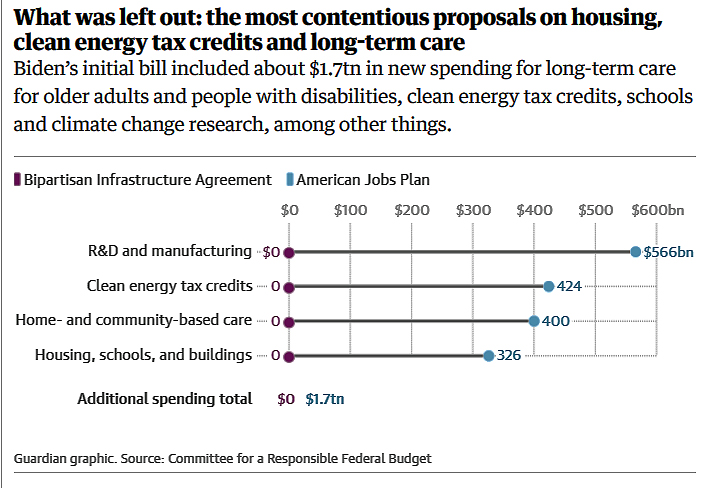 The infrastructure bill with limited GOP participation was never designed properly address a a desperately needed national climate change response, instead developed into a bipartisan political grab bag of vital national 21st century investments, while upholding old economy, fossil fuel profit priorities.
The infrastructure bill with limited GOP participation was never designed properly address a a desperately needed national climate change response, instead developed into a bipartisan political grab bag of vital national 21st century investments, while upholding old economy, fossil fuel profit priorities.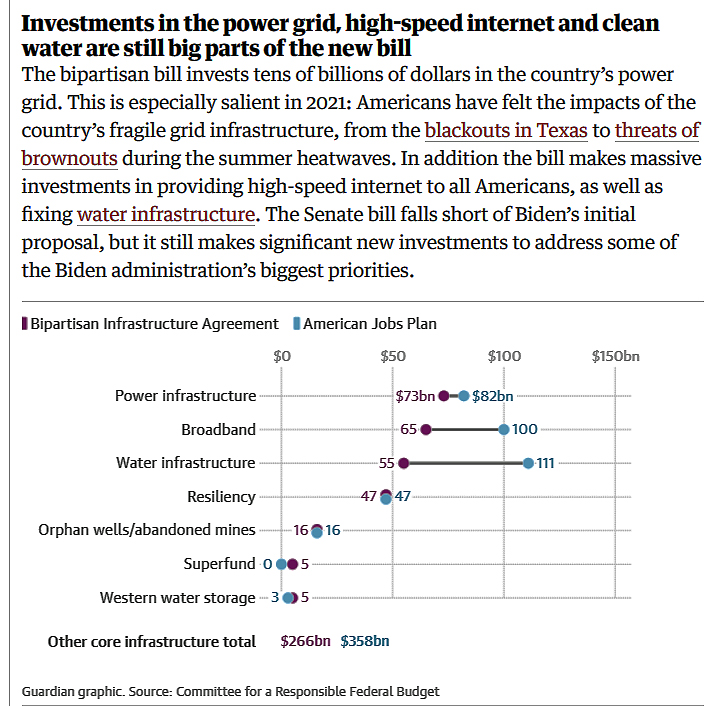
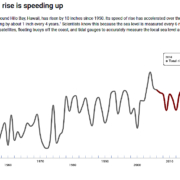
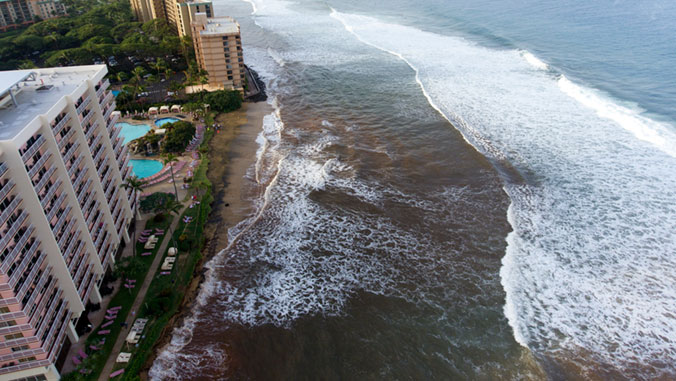
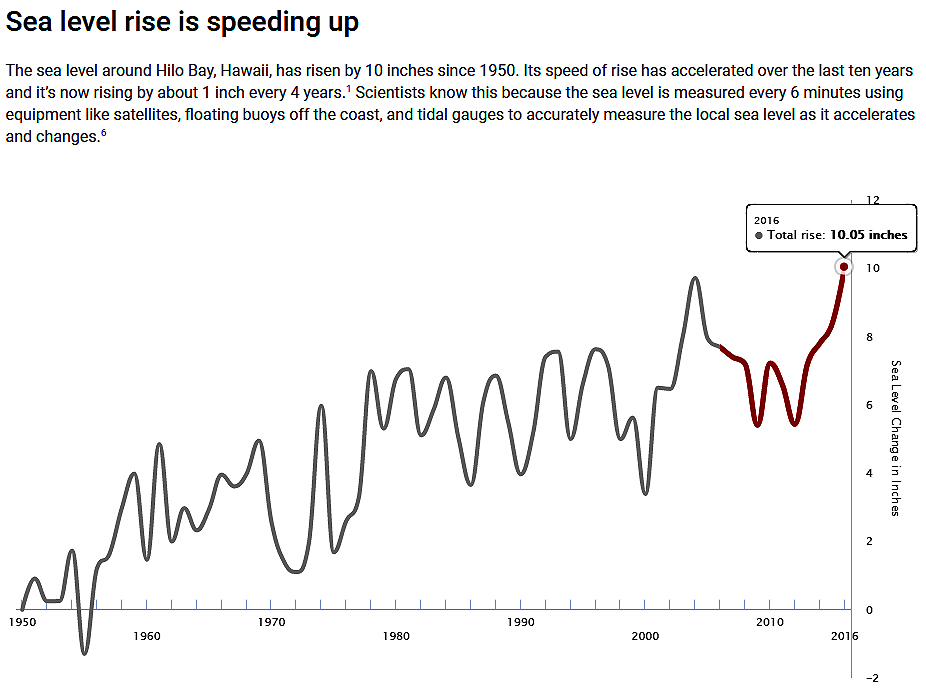


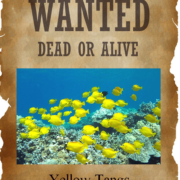
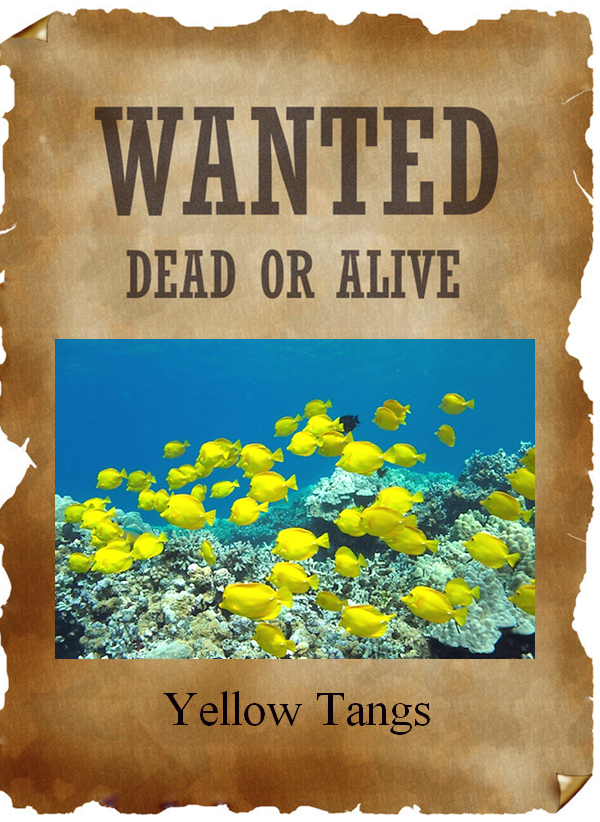

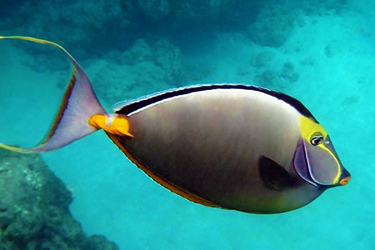
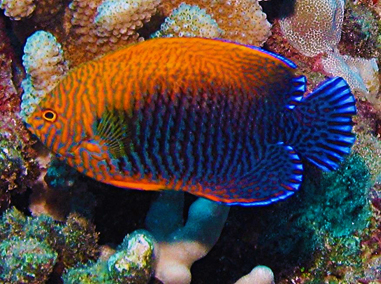
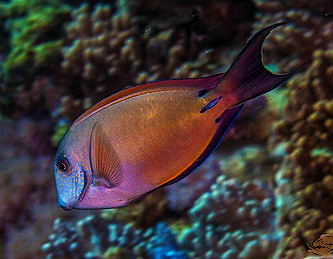
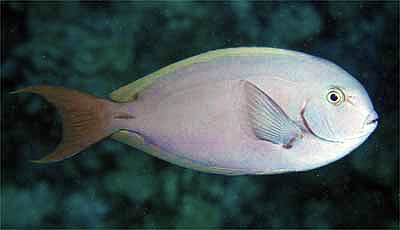
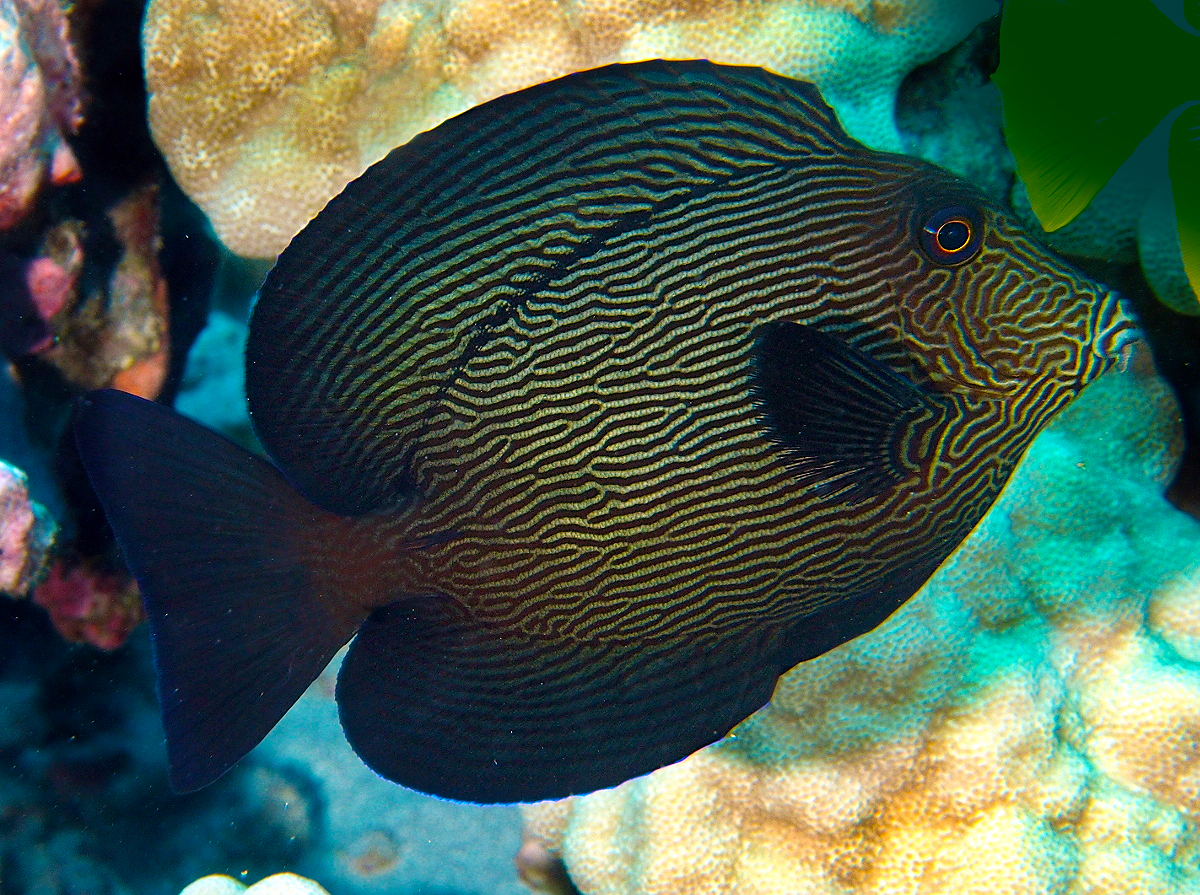
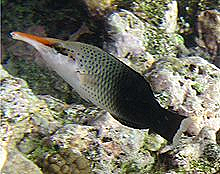

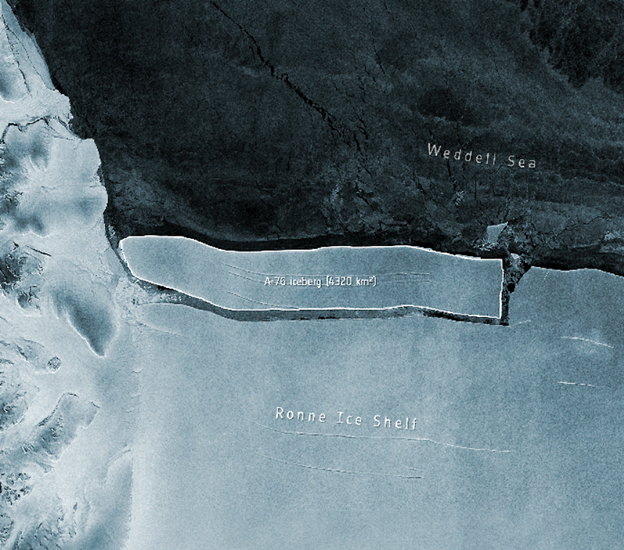
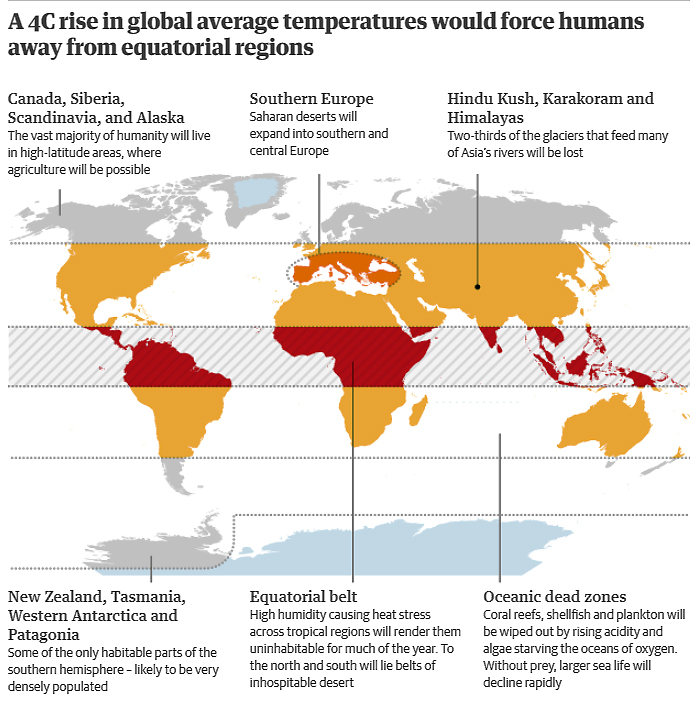 Over the past decade, scientists have been able to produce a far more nuanced picture of how temperature rise affects the complexities of cloud cover and atmospheric and oceanic circulation patterns and ecology.
Over the past decade, scientists have been able to produce a far more nuanced picture of how temperature rise affects the complexities of cloud cover and atmospheric and oceanic circulation patterns and ecology.